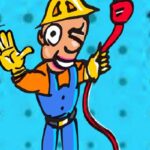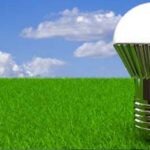-
Make sure you have adequate levels of insulation in your exterior and basement walls, ceilings, attic, floors and crawlspaces.
-
Make sure there are no holes or cracks around your walls, ceilings, windows, doors, light and plumbing fixtures, switches and electrical outlets that could allow air into or out of your home.
-
Make sure your appliances and heating systems are properly maintained.
-
Make sure the fireplace dampers are closed.
-
Reduce electricity by opening blinds instead of using the lights.
-
Replace incandescent bulbs and fixtures with LED lights.
-
Clean or replace filters on your furnace once a month or as needed.
-
Clean warm air registers, baseboard heaters and radiators as needed; make sure they are not blocked by furniture, carpeting or drapes.
-
Use kitchen, bath and other ventilating fans wisely; just in one hour these fans can pull out a house full of warmed or cold air. Turn fans off as soon as they have done the job.
-
Bleed trapped air from hot water radiators once or twice a season.
-
During the heating season, keep draperies & shades on your south-end facing walls open during the day to allow the sunlight to enter your home, and closed at night to reduce the chill from the cold windows.
-
Close an unoccupied room isolated from the rest of the house, and turn down the thermostat or heating for that particular room or zone. However, if you have a heat pump, do not close the vents; closing the vents could harm the heat pump.













